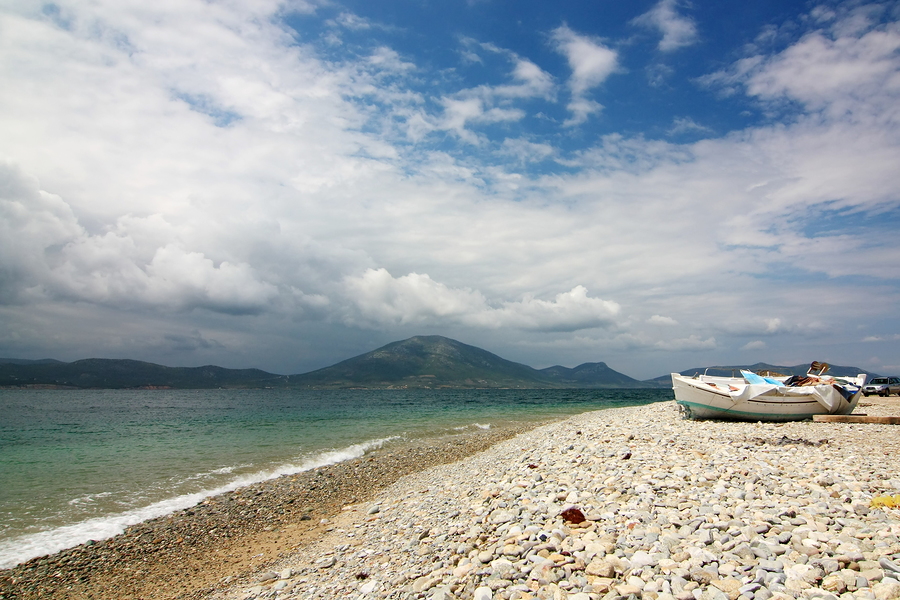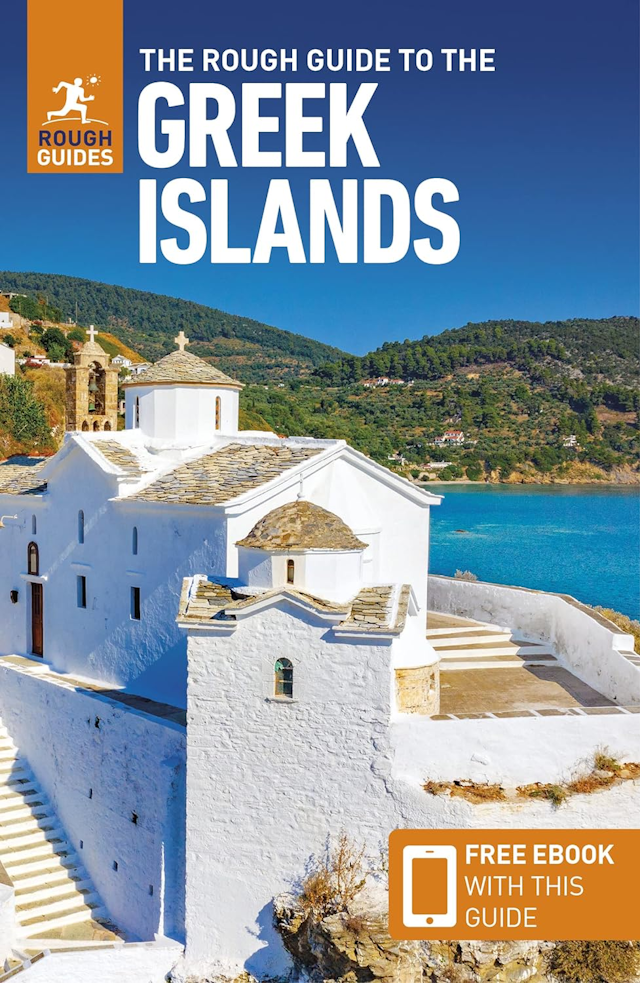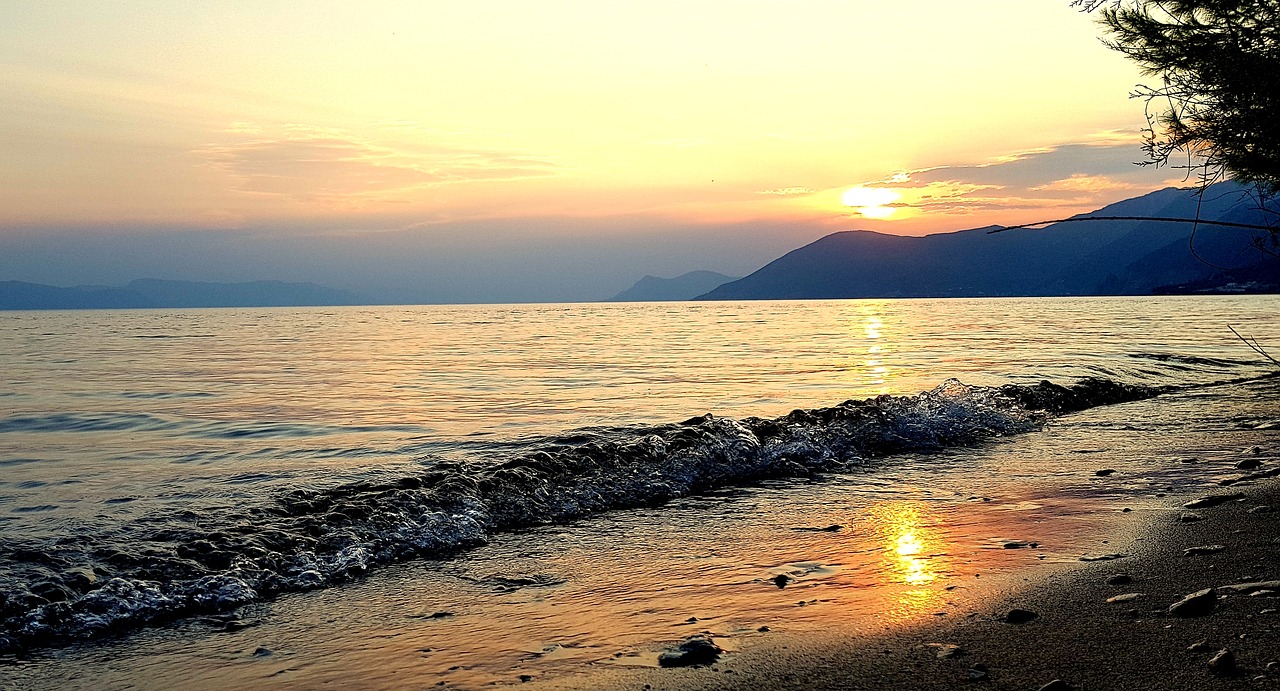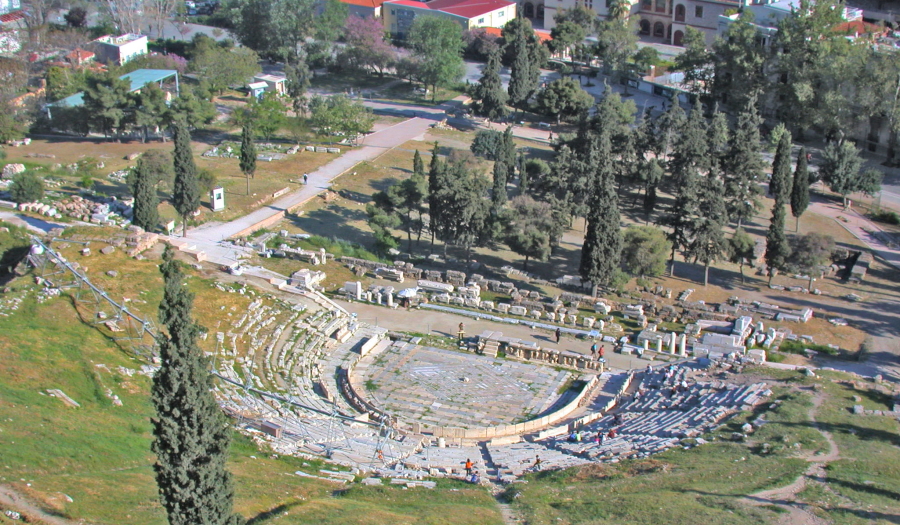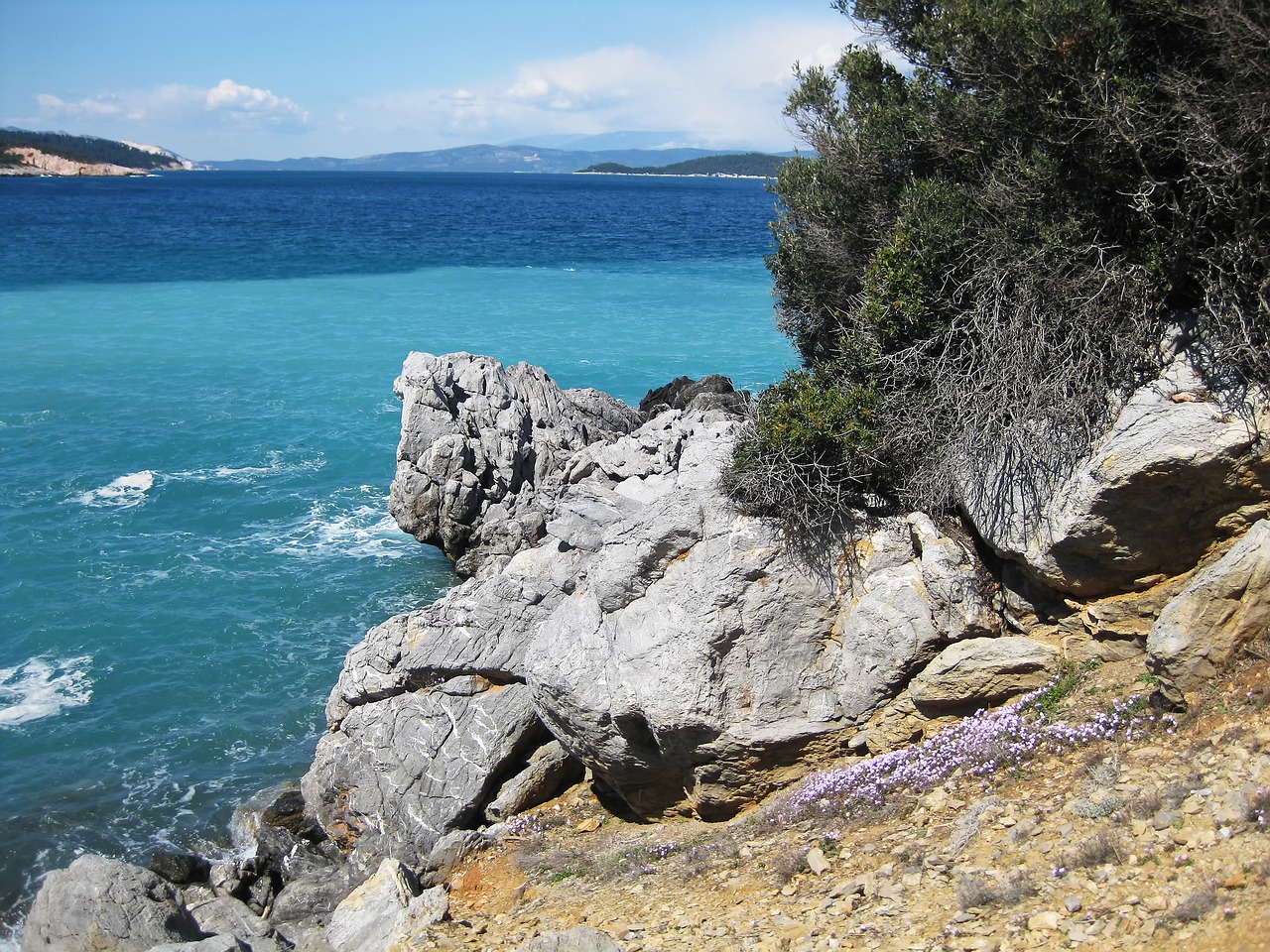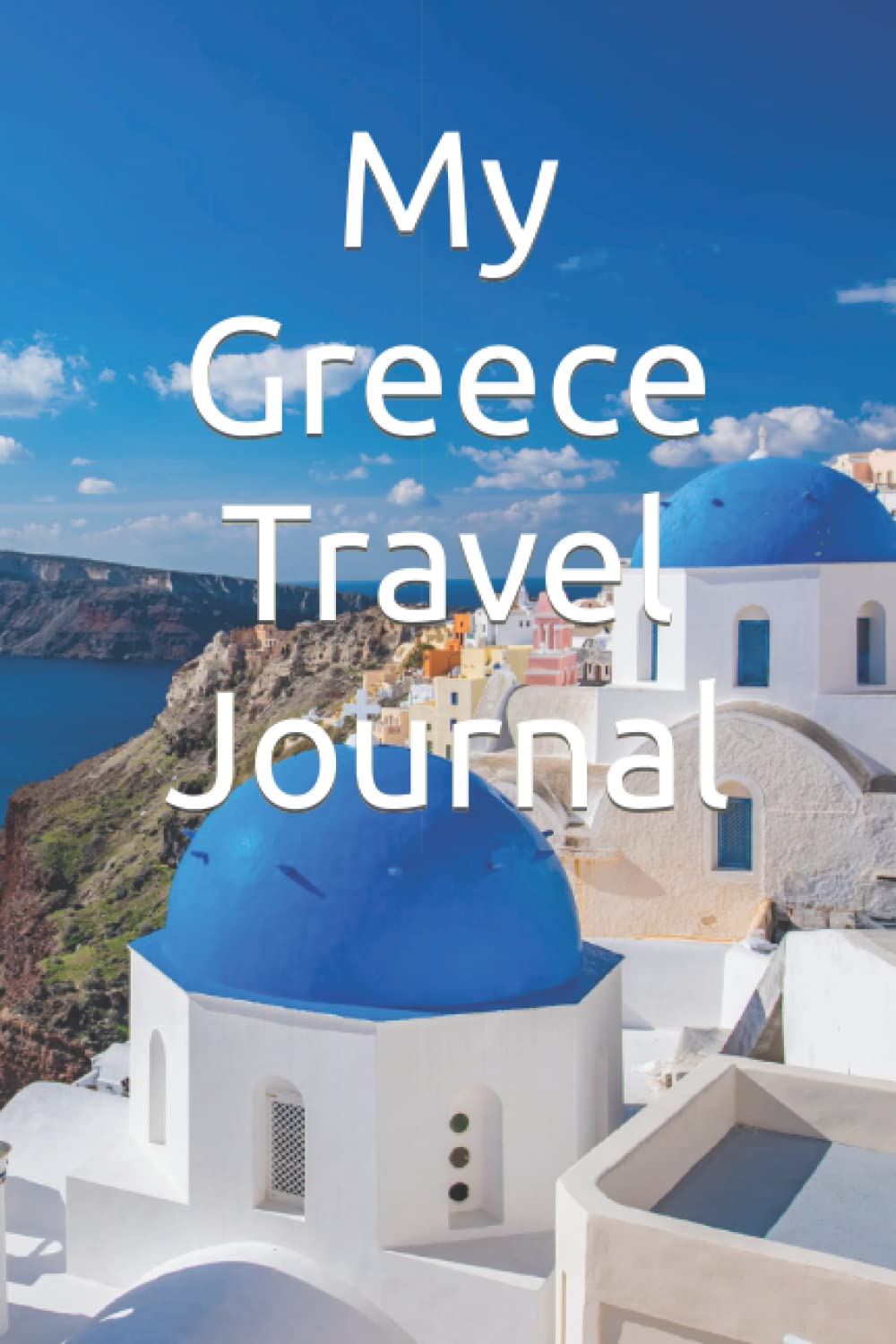- HOME
- Evia
Evia
(Also Known as Evvia or Euboea)
Evia is the second largest of the Greek islands after Crete, and although it's extremely popular with Greeks, it remains a little off-the-beaten-track for most visitors to Greece. It often gets overlooked by guides to the Greek islands as it is connected to the mainland by a short bridge, but it gets missed out of guides to the Greek mainland because it is still an island.
It's one of only two Greek islands we can think of that you can walk to, or drive to without taking a ferry – the other is Lefkas, also connected to the mainland by a bridge.
So what does the island have that makes for a great Greek holiday? For a start it feels like that mysterious 'real Greece' that we're all looking to find. It hasn't been spoiled by hordes of holiday-makers, partly because it's not got a lot of good beaches. It does have some impressive mountains, so appeals to people who like hiking or watching for wildlife.
Evia, like Crete, is long and thin. It's about 109 miles (175kms) from one end to the other at the longest point, and varies in width from about 30 miles (48kms) to 4 miles (6kms). Its highest point is Mount Dirfys, which is 5,737ft (1,749m) high. It's also a very fertile island, with lots of orchards and olive groves, and grapes that are said to produce some of the best retsina in Greece – reason enough to go there, in our view!
The capital is Chalkida, which is the closest point to the Greek mainland. It's just 130ft (40m) across at the narrowest point, and the channel is noted for the strange behaviour of its currents. On some days the tide changes direction ten or more times, and on other days not at all. Even the locals don't understand it.
The main archaeological site on the island is Eretria, which was destroyed in 87BC. The modern town grew up on the same site, but there are still plenty of places where you can see the remains of the ancient town. There are several other archaeological sites too, although nothing like the number that there are on Crete. Evia doesn't have Crete's beaches either. But it does have its own wonderful charm, and for most people is certainly one of Greece's travel secrets.
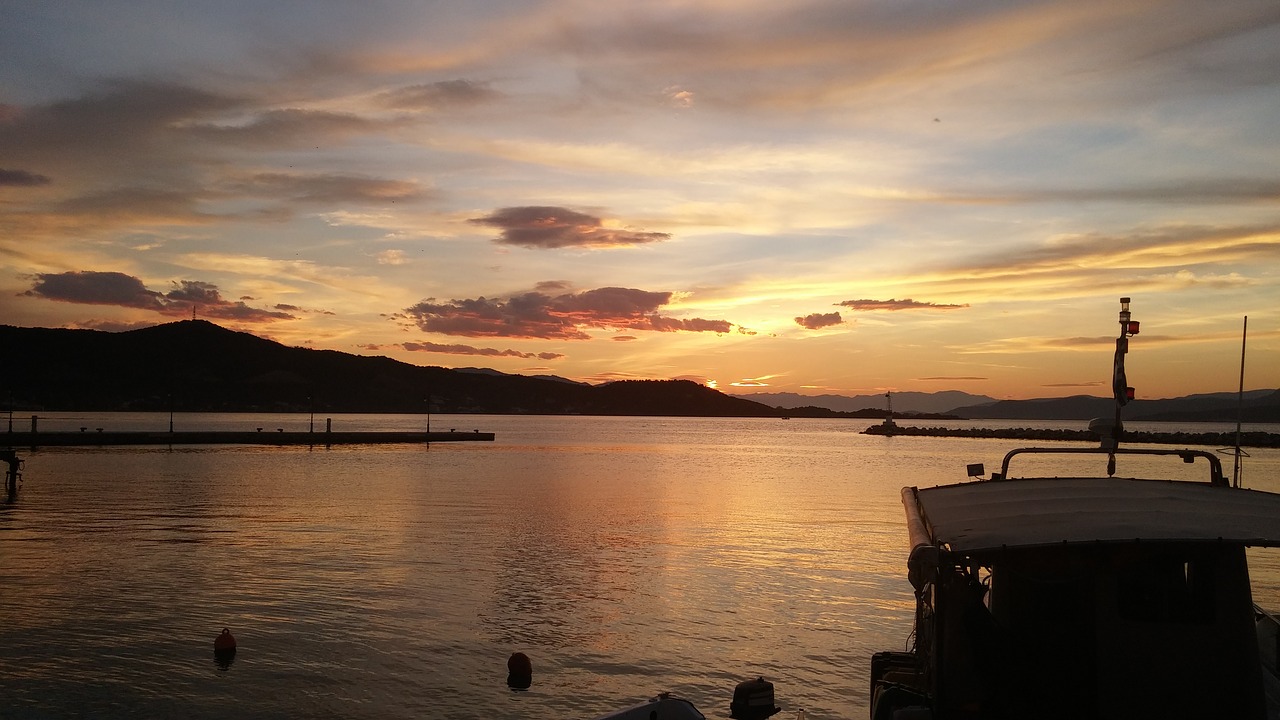 Evia Sunset
Evia SunsetLatest Posts
-
Explore Vikos Gorge: Hiking, Rafting, and Food in Zagori
One of the most impressive canyons in Europe and one of Greece’s favorite mountain destinations, Vikos Gorge invites hikers and food lovers alike. -
Lefkada: The First Ancient Theater of the Ionian Islands Comes to Light
The first ancient theater ever discovered in the Ionian Islands is located in the heart of the ancient city of Lefkada, established before the end of the 7th century BC. -
5 Epic Island Hikes in Greece for Spring Explorers
This spring, five majestic peaks across Greece’s islands invite us to lace up our boots and discover a wilder side of island life. -
Greek Ferry Services to Halt on May 1 Due to Labor Strike
Ferries in Greece will remain docked for 24 hours on Thursday, May 1, as the Pan-Hellenic Seamen’s Federation (PNO) joins Labor Day mobilizations announced by the General Confederation of Greek Labor… -
Sifnos: Greece’s Hidden Culinary Star on the Rise
Sifnos, a Cycladic island, is gaining fame for its rich culinary heritage, especially the beloved melopita honey-cheese tart. -
Easter in the Mystical Castle of Monemvasia
In the castle town of Monemvasia, with its dramatic medieval backdrop and sea views, Easter is a deeply spiritual and atmospheric experience. -
Easter in Leonidio: A Tapestry of Light, Culture and Cliffs
In Leonidio, Easter comes alive with handmade hot air balloons in the sky and lanterns made from bitter oranges in the streets. -
The Lesser-Known Traditions of Greek Easter
Step off the beaten path this spring and discover the enchanting — and often surprising — Easter traditions found across Greece. -
April 9 Strike in Greece to Impact Public Transport, Ferries and Air Travel
Transportation and travel across Greece will face disruptions on Wednesday, April 9, as public transport, ferry and aviation workers join a nationwide strike called by Greek labor unions. -
Ancient Theater of Lefkada Brought Fully to Light Following Systematic Excavation
The Greek Culture Ministry has announced that the first ancient theater ever identified in the Ionian Islands has recently been brought fully to light on Lefkada, revealing an impressive monument that…
